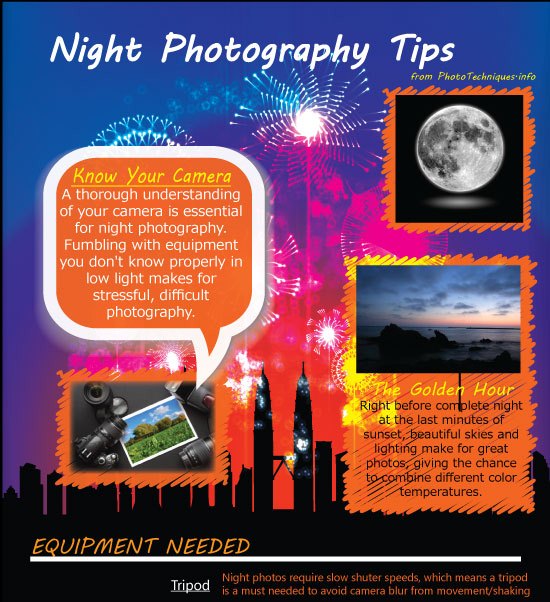Change Your Photography By Mastering Lighting Strategies That Can Elevate Your Images-- Discover The Usual Pitfalls That Could Be Holding You Back
Change Your Photography By Mastering Lighting Strategies That Can Elevate Your Images-- Discover The Usual Pitfalls That Could Be Holding You Back
Blog Article
Content Written By-Beck Isaksen
As a photographer, you know that lights can make or damage your pictures. Comprehending the subtleties of both all-natural and man-made light is vital for capturing the state of mind and quality you go for in your job. Whether you're chasing after the ideal gold hour radiance or tweak your artificial setups, mastering these elements can boost your photography considerably. But there prevail mistakes that numerous neglect, and acknowledging them can change your method to every shoot. Let's explore what you could be missing out on and exactly how it can affect your results.
Recognizing Natural Light
Understanding all-natural light is crucial for any kind of professional photographer looking to improve their work. It's the foundation of excellent digital photography, affecting state of mind, tone, and clarity. When you fire outdoors, take notice of the time of day. The gold hour-- shortly after sunrise and before sunset-- offers soft, warm light that can change average scenes right into stunning images.
Do not take too lightly the power of overcast days. Cloud cover diffuses sunshine, producing a soft, even light that's perfect for portraits and macro photography. You'll locate shades appear this kind of illumination without rough darkness.
Positioning issues, also. Always consider your subject's orientation to the source of light. If the sunlight's behind your subject, you may end up with a silhouette, which can be remarkable but mightn't be what you desire. On the other hand, straight sunshine can create unflattering shadows.
Try out angles; in some cases, altering your point of view can produce fantastic results. Use all-natural reflectors, like water or sand, to bounce light onto your topic, including measurement.
Mastering Artificial Light
Grasping artificial light is crucial for photographers that wish to take their skills to the next degree. Whether https://www.oleantimesherald.com/business/photoshelter-and-authority-collective-release-the-photographer-s-guide-to-inclusive-photography/article_21b2ad74-e279-5cee-81d2-1c81c5ef12f9.html making use of speedlights, workshop strobes, or continuous lights, recognizing exactly how to adjust these resources can considerably boost your photos.
Begin by familiarizing yourself with the basics of light quality, direction, and shade temperature. Explore different modifiers like softboxes, umbrellas, or grids to regulate the gentleness or cruelty of the light.
You'll find that soft light commonly creates complementary outcomes, while harsher light can add dramatization and deepness. Do not shy away from shadows; they can improve the three-dimensionality of your topics.
Pay close attention to the placement of your lights. A light located as well near your topic can produce unflattering results, while as well away can lead to a lack of detail. Use a light meter or your camera's pie chart to guarantee you're exposing properly.
Finally, bear in mind that fabricated light can be combined with ambient light for creative results. Stabilizing these resources could take technique, once you grasp it, your photography will absolutely shine.
Techniques for Different Circumstances
When you enter various capturing scenarios, adapting your lights techniques is crucial for recording the best images. For exterior portraits, use the gold hour-- morning or late afternoon light-- to soften darkness and enhance complexion.
If it's an extreme lunchtime sunlight, think about using a reflector to jump light back onto your topic or seek shaded locations for an extra even direct exposure.
In low-light situations, like indoor events, raise your ISO and make use of a vast aperture to let in more light. A tripod can help get rid of camera shake, allowing for longer exposures without blurring.
If you're contending night, experiment with off-camera flash to produce vibrant lights and deepness in your images.
For simply click the up coming article , make use of diffused illumination to avoid severe reflections. Softboxes or light outdoors tents can assist attain this result.
When photographing landscapes, consider the instructions of light and time of day, as it can significantly alter the mood of your shot.
Constantly prepare to change your settings and positioning based on the situation, as versatility is key to grasping lighting in digital photography.
Conclusion
To conclude, understanding lights is essential to raising your digital photography skills. Welcome natural light's appeal during gold hour, and do not shy away from try out man-made light methods. By adjusting your method to various scenarios, you'll record spectacular photos that resonate with feeling and clarity. Keep in mind, the right lighting can transform an ordinary shot into something remarkable, so maintain practicing and refining your understanding of both all-natural and synthetic light. Satisfied shooting!
